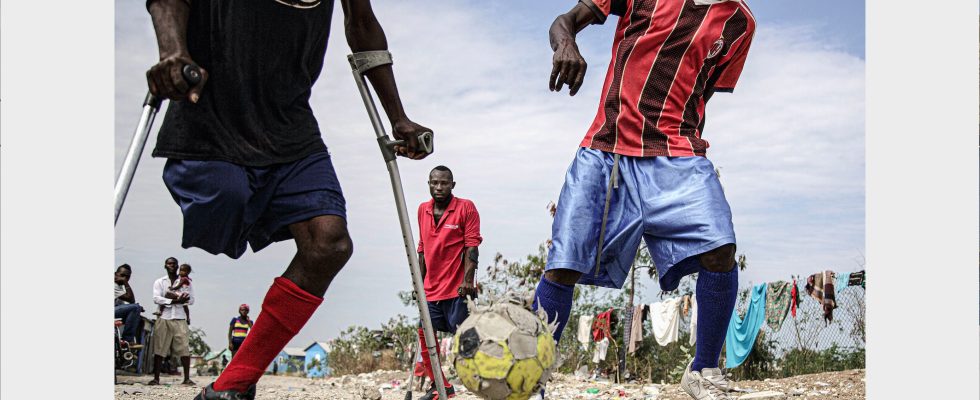Very discreet, even secretive, Javier Arcenillas doesn’t really like people to unroll his curriculum vitae. He repeats it over and over again, for him, only the image must speak. Let us point out, however, that he was born in Bilbao in 1973, that he has degrees in psychology and film production, and that he has been involved in photography for almost thirty years. Both a photojournalist and documentary photographer, he has won several prestigious distinctions, including a World Press Photo in 2018 and the Lucas-Dolega Prize the following year for his long-term work on violence in Latin America. He is also today one of the winners of the “Largest photo competition in the world“, launched by the reference magazine Photo forty-two years ago. A visual competition open to all, with creativity and quality as its sole criteria, which had 20,000 participants for this new edition. A new partner of the event, alongside Canon or Studio Harcourt, L’Express has therefore chosen Javier Arcenillas as the 2023-2024 winner in the photojournalism category, via a jury composed of Sylvie Barco, photographer and visual artist, and Marie Varéon, general secretary of the editorial staff of our weekly.
The photo they distinguished was taken in Haiti in 2016, six years after the deadly earthquake of January 2010, during which 316,000 people lost their lives. In the summer of 2015, thousands of Haitian migrants, who had fled the extreme poverty of their territory of origin, were forced to leave the Dominican Republic and cross the border, where they gathered in precarious camps. From this forced return to a territory undermined by natural disasters and poverty, it is the human beings, the faces, who captured Arcenillas’ lens and nourished his documentary project Haiti Borders. During his meetings there, he forged strong bonds with these exiles in their own country, including the Spiders football team, a group of friends who gather to kick the ball in the unsanitary camp of the Runway, a former airfield at Port-au-Prince airport reserved for mutilated earthquake victims.
The image is strong, the slightly metallic color giving nobility to these disabled players, caught in the energy of the moment, twirling on a ground strewn with rubble and trash around a patched ball, heart beating in levitation. It is the center, in a perfect triangle, of the action, while we can guess, as an extension of the row of laundry spread out on a dilapidated fence, the makeshift barracks which at the time sheltered more than 200 families, between waiting , destitution and dust. “Photojournalism often offers harsh, violent, even revolting images. Here, the award-winning photo reflects the life, the resilience, the dynamism of a people who regularly suffer tragedies,” underline the jurors Sylvie Barco and Marie Varéon, who do not do not fail to point out the narrative charge of the image: “The framing surprises and invites the eye to delve into this photo with its many details. Knowing how to tell a story in a photo rather than with a thousand words is the art of photojournalism.” Despite the tragedy, it is indeed and above all a great force of life which inhabits this photo, testifying once again to the status of humanist photographer associated with Javier Arcenillas.
